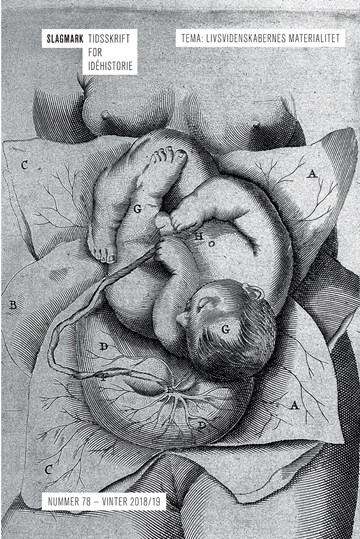Altings adskillelse – Om Surrealismens fysiologiske æstetik: Da Man Ray mødte Étienne-Jules Marey
DOI:
https://doi.org/10.7146/slagmark.vi78.128593Keywords:
physiology, surrealism, Étienne-Jules Marey, Man Ray, formlessnessAbstract
ALL THINGS SEPARATE - THE PHYSIOLOGICAL AESTHETICS OF THE SURREALISM. MAN RAY MEETS ÉTIENNE-JULES MAREYThe article examines the interrelation of the chrono-photographical work of the French physiologist Étienne-Jules Marey and the avant-garde aesthetics of the surrealist photographer and filmmaker Man Ray. In his 1926 film Emak Bakia, Man Ray appropriated the visual idiom of Marey’s studies in comparative physiology as he paraphrased the technique of chrono-photography. The article argues that this appropriation cannot be properly understood simply on the level of form or visual style. Rather, it attests to a fundamental discussion of the organismic a-priori inherent in Marey’s visual technique—what to Man Ray corresponded to a paradigm of the organism and its body. The article contends that Man Ray was critiquing Marey’s notion of the body as motor and as something that could be analytically cut into discrete slices. To Man Ray, this physiological paradigm—keyed into chrono-photography itself—was built upon a repression of the notion of organic formlessness.





